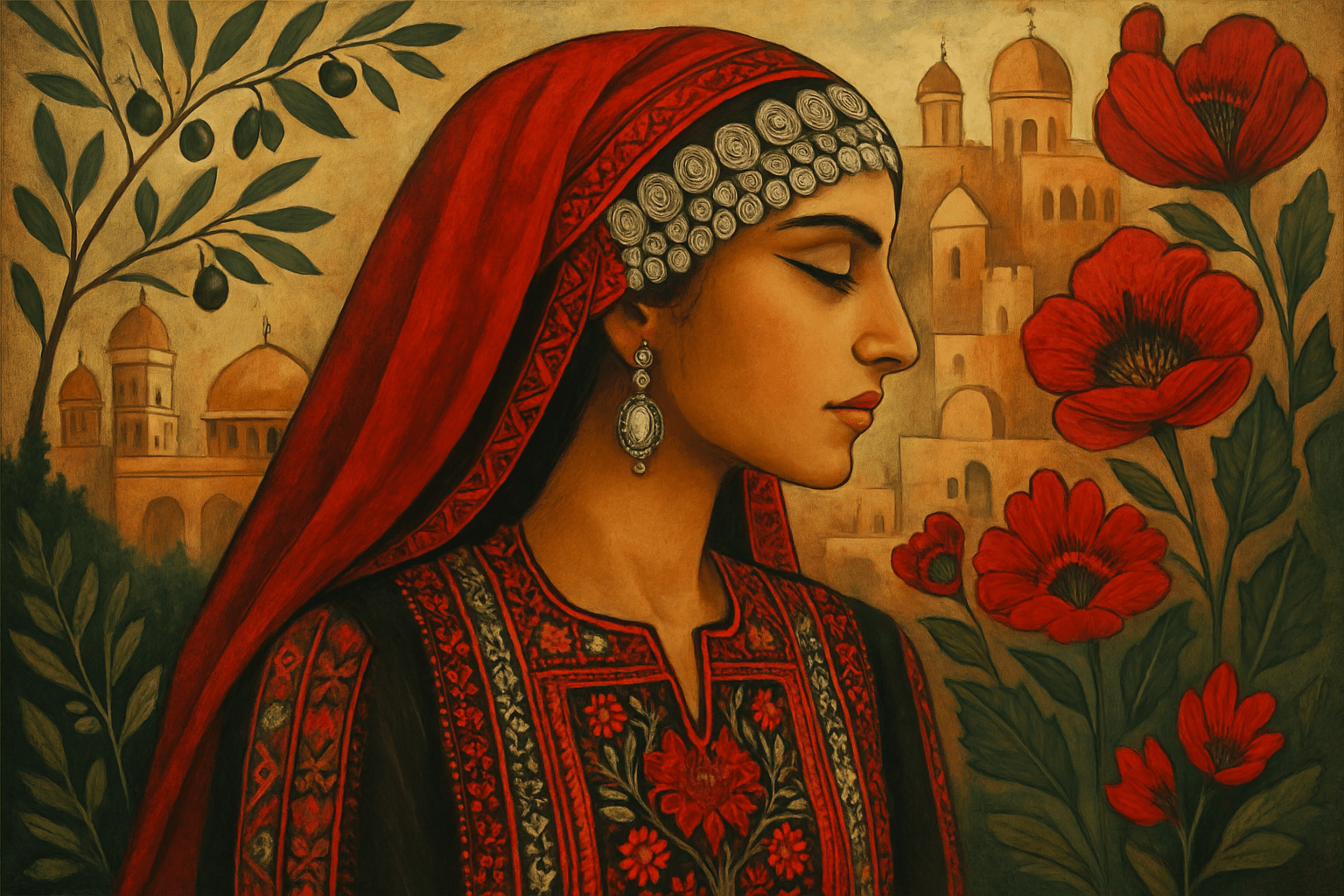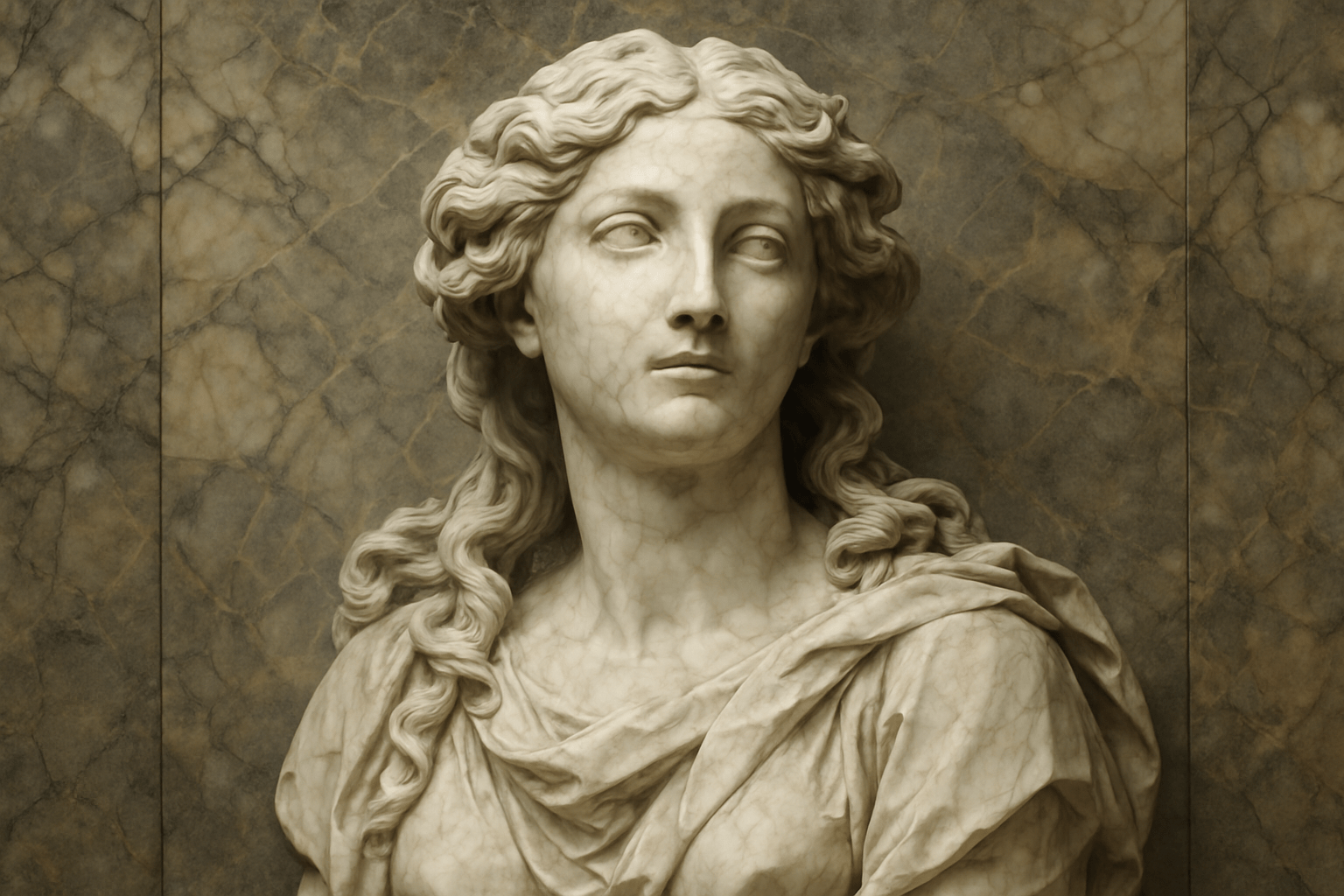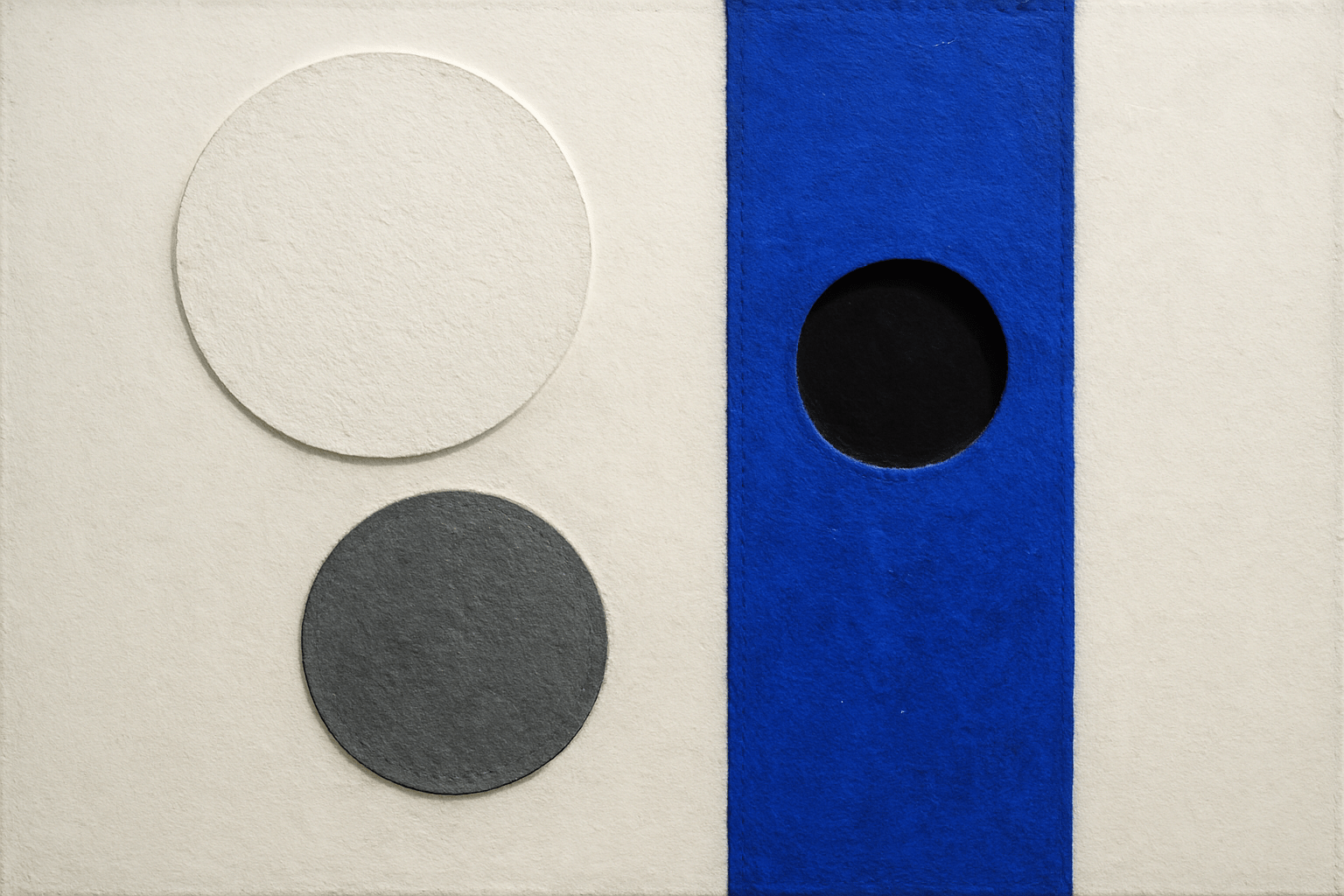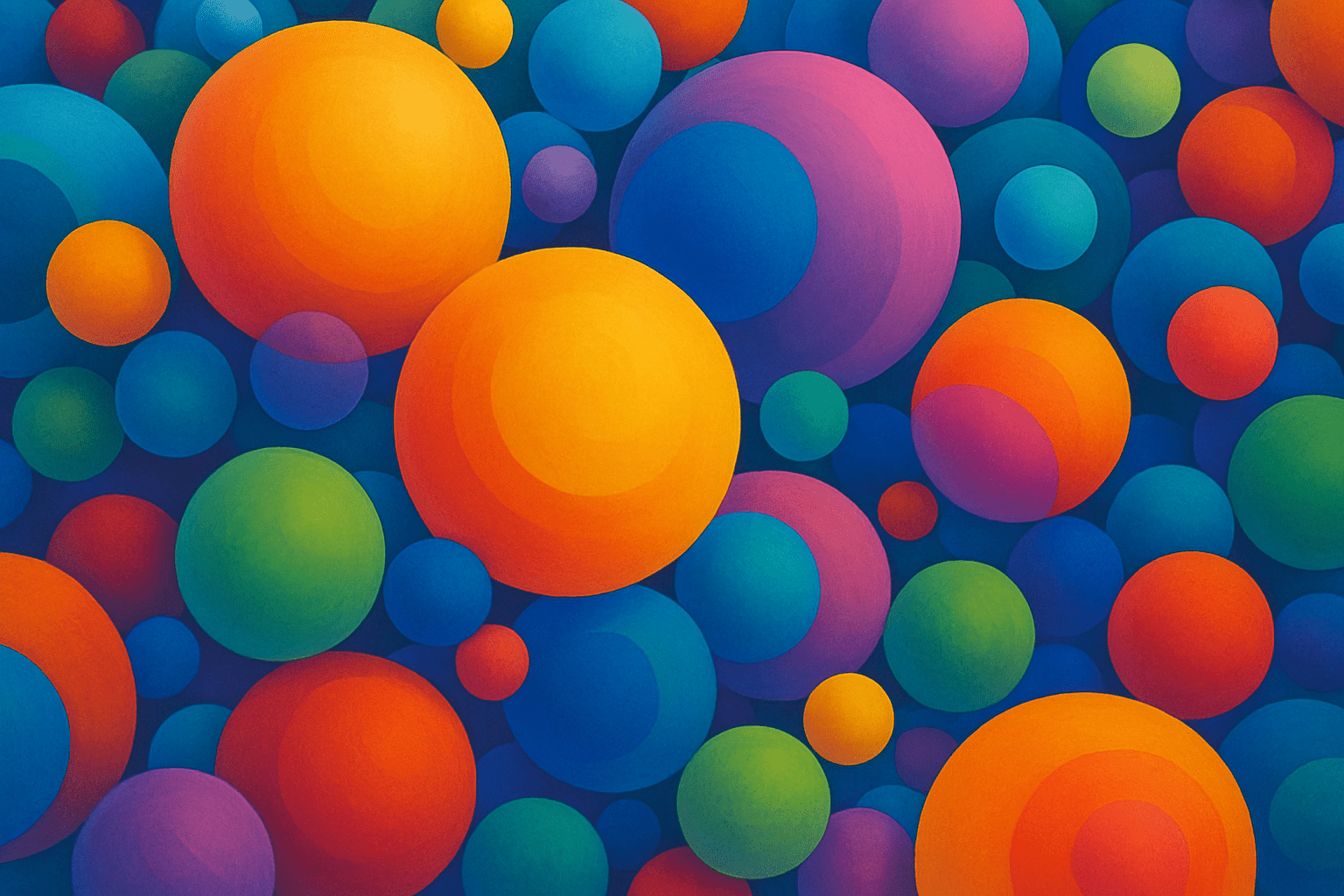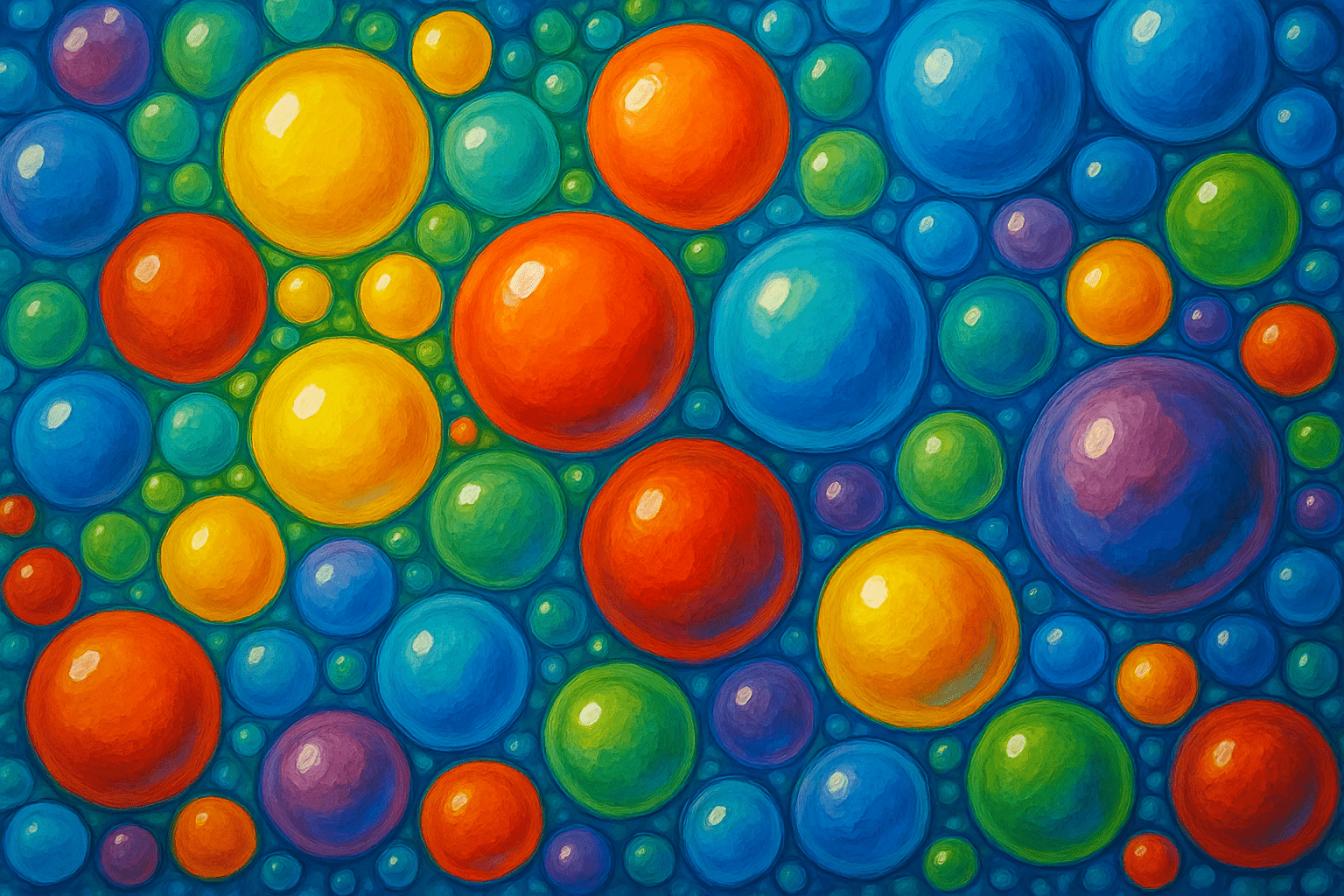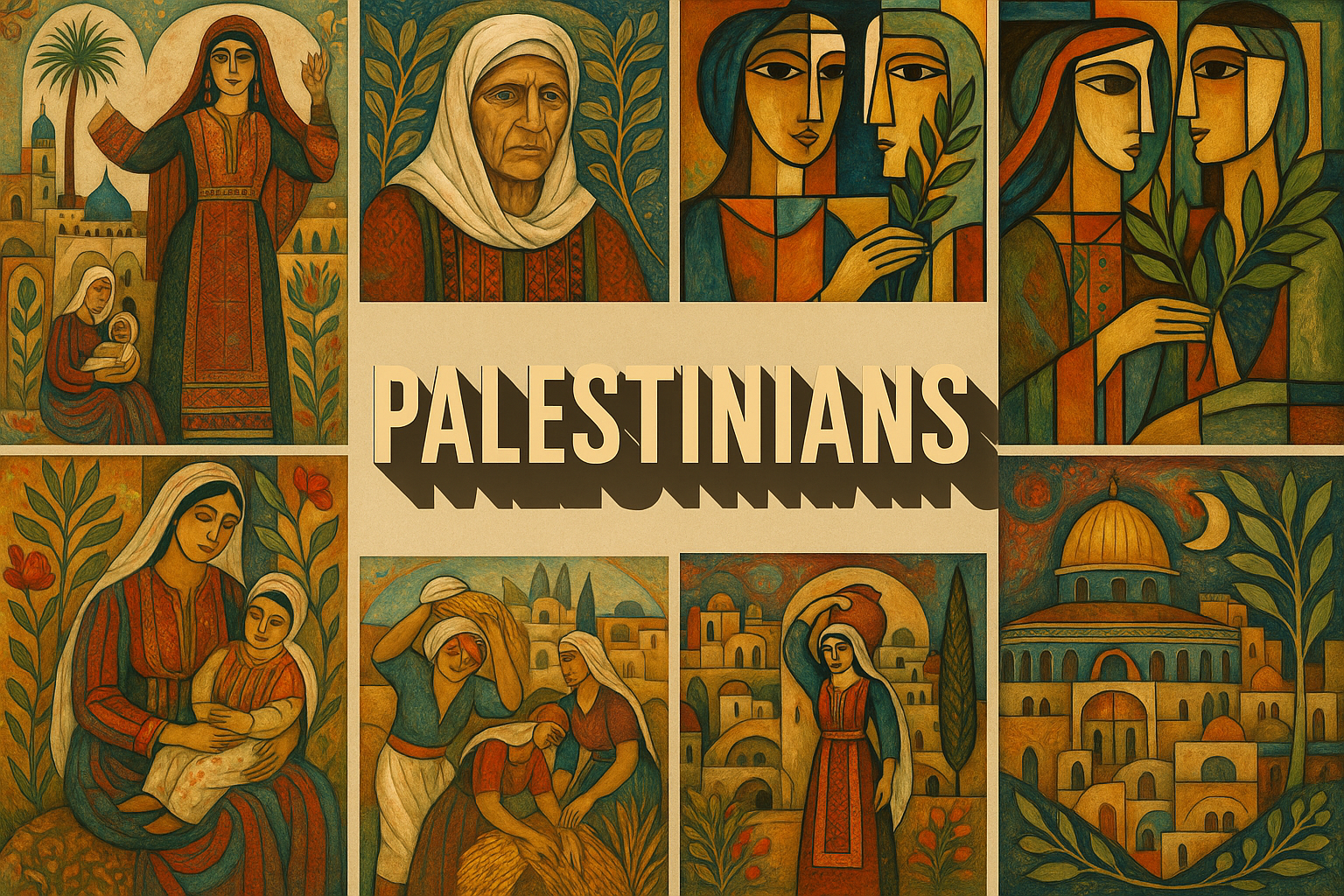
Palestinians
There is no one art style that can be described as “Palestinian.” Palestinian artists may draw inspiration from their heritage and culture, but they also experiment with a variety of different styles and mediums. Some common themes in Palestinian art include the struggle for freedom and justice, the importance of family and community, and the beauty of the Palestinian landscape.
AOI thinking about Palestinians [+_~]-/
Overview and Quickfacts
Palestinians have a unique art style that is a mix of traditional Islamic and Arabic influences with modern Western styles. Palestinian artists often use bright colors and geometric patterns in their work. Palestinian art is often used to tell stories or express political and social commentary.
Can understand it also, as:
Arabs, Muslim
Categorize it as:
Impressionism, Modernism
.: Dreaming :.
holds a HAIKU for the art style
:. Thought is power .:
Detailed Description
In Palestinian art, the culture and heritage of the Palestinian people are conveyed through vibrant colors, bold patterns, and traditional motifs. Palestinian artists often use traditional Islamic geometric patterns and calligraphy in their work, as well as motifs from Palestinian folk art. One of the most famous Palestinian artists is the late Naji al-Ali, who is best known for his political cartoons. His work often critiqued the Israeli occupation of Palestinian territory, and he was assassinated in London in 1987. Other well-known Palestinian artists include the painter and sculptor Ismail Shammout, who often depicted the Palestinian struggle in his work, and the photographer and video artist Rula Halawani, who has documented Palestinian life in the Occupied Territories. Palestinian art is often characterized by its use of bright colors and bold patterns. Traditional Palestinian dress is also very colorful, and many Palestinian artists incorporate traditional dress into their work. Palestinian art is a powerful expression of the Palestinian people’s culture and heritage. Through their art, Palestinian artists keep alive the traditions and memories of their people, and convey the reality of their lives under occupation.
.. beep, beep, beep ..
<START OF TRANSMISSION>
1. Palestinians are an ethnic group originating from the Palestinian territories of the Levant. 2. The majority of Palestinians are Muslim, with a significant minority of Christians. 3. Palestinian identity is primarily national, with religious and cultural aspects. 4. Palestinians have a long history of resistance to foreign domination, beginning with the Arab Revolt against the Ottoman Empire in the early 20th century. 5. The British Mandate for Palestine, which lasted from 1920 to 1948, saw the rise of Palestinian national consciousness and the development of a Palestinian national movement. 6. The 1948 Arab-Israeli War resulted in the displacement of hundreds of thousands of Palestinians, and the establishment of the State of Israel on Palestinian land. 7. The Six-Day War of 1967 led to the further displacement of Palestinians and the occupation of the West Bank and Gaza Strip by Israel. 8. The First Intifada, a Palestinian uprising against Israeli occupation, began in 1987 and lasted until 1993. 9. The Second Intifada began in 2000 and lasted until 2005. 10. Since the Second Intifada, there has been a gradual increase in Israeli settlement activity in the occupied Palestinian territories, despite international opposition. 11. The construction of the Israeli West Bank barrier, begun in 2002, has caused further hardship for Palestinians. 12. In 2005, Israel unilaterally withdrew from the Gaza Strip, but continues to maintain control over its airspace and borders. 13. The Palestinian Authority, the governing body of the Palestinian territories, was established in 1994 as part of the Oslo Accords. 14. Since the Second Intifada, the Palestinian Authority has been crippled by internal divisions and Israeli restrictions on its activities. 15. Hamas, a Palestinian Islamic organization, won the 2006 Palestinian Legislative Council elections, but the Fatah-led Palestinian Authority refused to recognize the results. 16. This led to a split between the West Bank and Gaza Strip, with Hamas controlling the latter. 17. The Gaza War of 2008-2009 saw a major escalation of hostilities between Israel and Hamas. 18. The 2010-2011 Palestinian uprisings were a series of protests and clashes against Israeli occupation in the West Bank and Gaza Strip. 19. In 2012, the United Nations General Assembly granted Palestine non-member observer state status. 20. The 2014 Gaza War was the most recent major conflict between Israel and Hamas.
<EOF>
.. robbel bob
Visual Examples from our image gallery
Coming soon, we are so slow .. might never come
Artists, Paintings, and more
(be aware, can be highly speculative)
Artists (be aware, speculation possible):
1. Ismail Shammout (1930-2006) 2. Naji al-Ali (1938-1987) 3. Kamal Boullata (1942- ) 4. Inji Efflatoun (1924-1989) 5. Suleiman Mansour (1942- ) 6. Fateh Moudarres (1922-1999) 7. Abdel Rahman al-Muhaisen (1928-1999) 8. Ahmad Nawash (1936-1998) 9. Nabil Anani (1944- ) 10. Tayseer Barakat (1947- ) 11. Jawad al-Bilali (1949- ) 12. Khaled Jarrar (1971- ) 13. Mona Hatoum (1952- ) 14. Emily Jacir (1970- ) 15. Yazan Khalili (1980- )
Artworks (be aware, speculation possible)
1. “Nahil al-Muthanna” by Ismail Shammout (1966) 2. “The Return” by Ismail Shammout (1964) 3. “The Refugee” by Ismail Shammout (1958) 4. “The Siege” by Ismail Shammout (1957) 5. “The Struggle” by Ismail Shammout (1956) 6. “The Nakba” by Ismail Shammout (1955) 7. “The Martyrs” by Ismail Shammout (1953) 8. “The Exodus” by Ismail Shammout (1950) 9. “The Destruction of the Old City of Jerusalem” by Ismail Shammout (1948) 10. “The Battle of Jenin” by Ismail Shammout (1948) 11. “The Death of al-Husayn ibn Ali” by Ismail Shammout (1947) 12. “The Death of Naji al-Ali” by Ismail Shammout (1987) 13. “The Death of Yasser Arafat” by Ismail Shammout (2004) 14. “The Wailing Wall” by Ismail Shammout (1946) 15. “The Dome of the Rock” by Ismail Shammout (1945)
Epoch
The art style of Palestinians can be dated back to ancient times. Some of the earliest examples of Palestinian art can be found in the form of cave paintings. These paintings depict hunting scenes and animals, and are believed to be some of the oldest examples of art in the world. Palestinian art has also been influenced by the cultures of the people who have occupied the land over the centuries. This includes the art of the Ottoman Empire and the British Mandate. Palestinian art is often characterized by its use of bright colors and geometric patterns.
AI ART RESSOURCES (AKA, well Tools)
Helping tools -> predefined search links on other pages:
